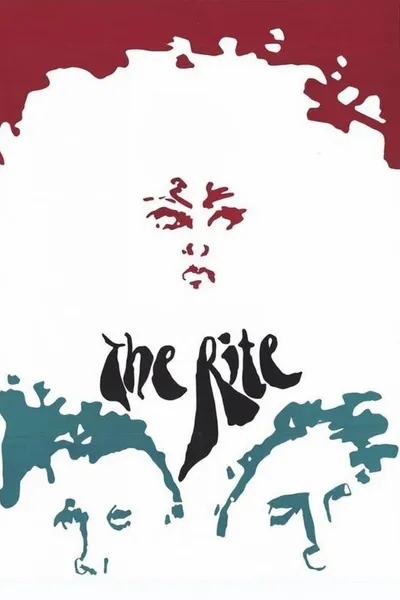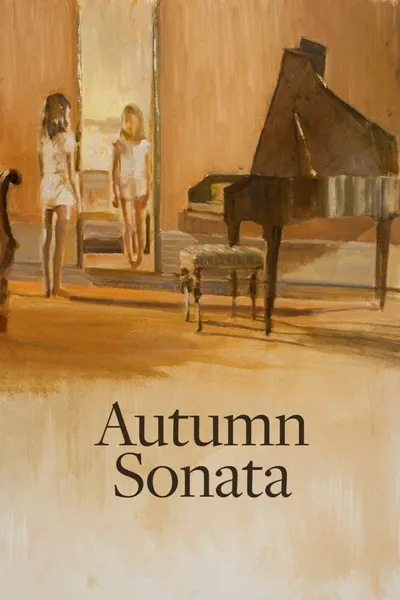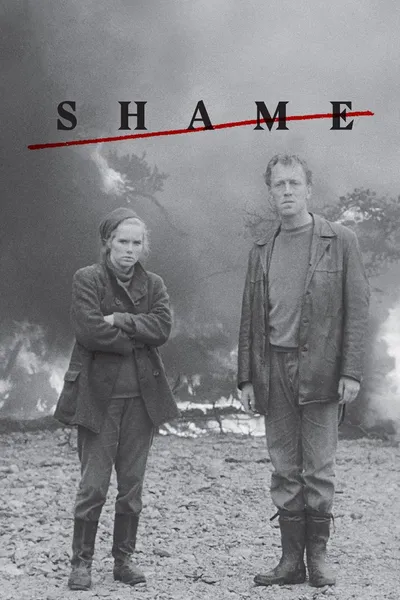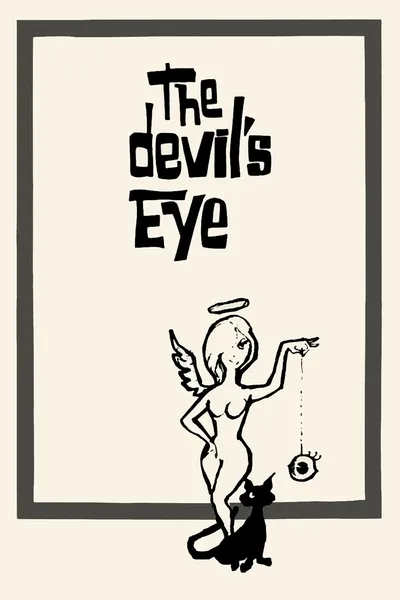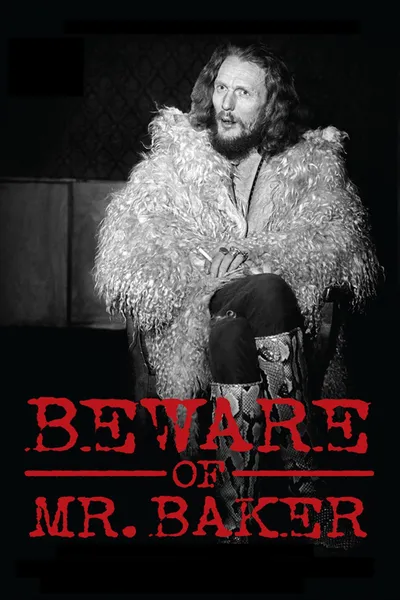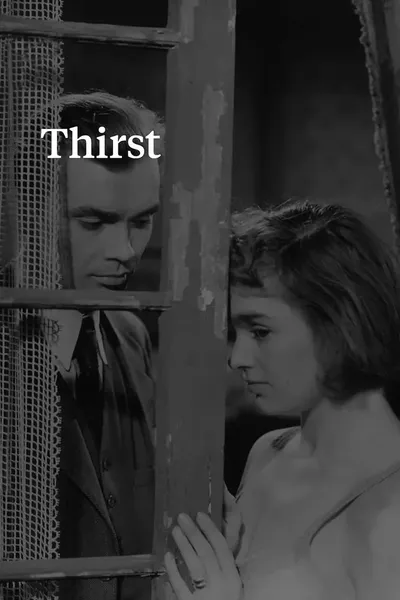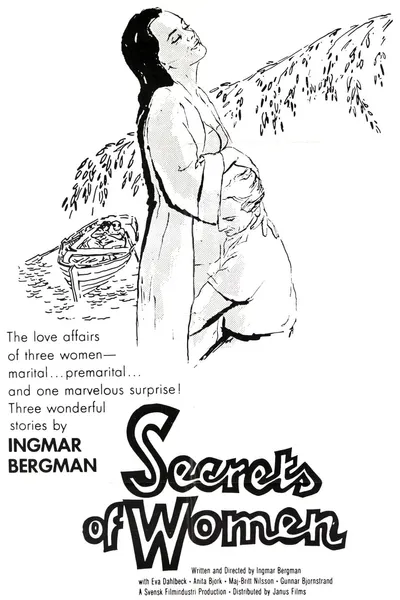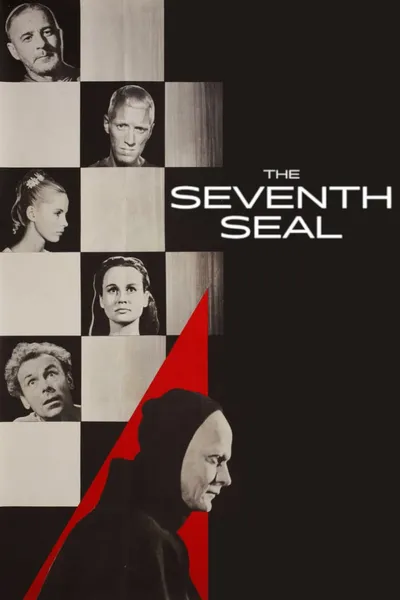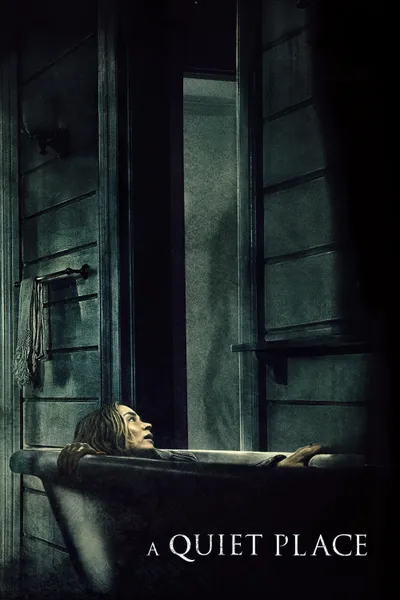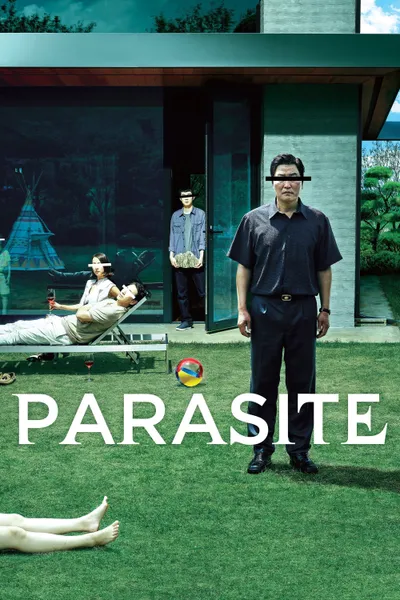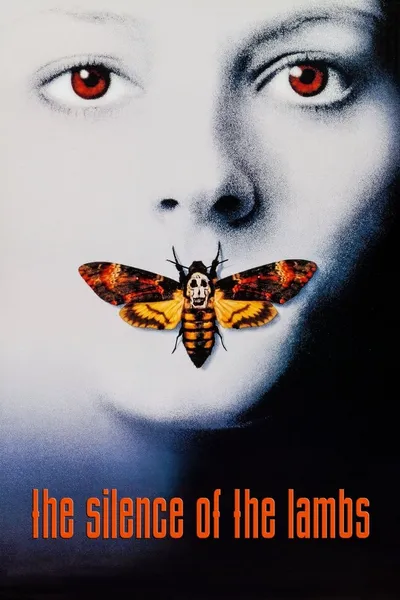Reviews
CRCulver
September 1, 20185.0
1969's Riten (The Rite) is one of the least known of Ingmar Bergman's films of the 1960s. Part of that is because the film was made for Swedish television instead of enjoying an international theatrical release. But another reason is that Riten is markedly inferior to his other films of the time.
In an unnamed European country, a judge (Erik Hell) summons a traveling troupe of three actors to investigate whether the play they have brought to his community is pornographic. Two of the actors are overtly neurotic. Sebastian Fisher (Anders Ek) is prone to starting fires and afflicted by ill health. he is also glum and insulting. Thea Winkelmann (Ingrid Thulin) is wracked with existential anxiety, overly sensitive and feels suffocated by her surroundings. Hans Winkelmann (Gunnar Björkstrand) is the level-headed one who keeps the troupe together.
By the early mid-1960s Bergman had moved on from religious anxiety to an interest in human relationships and psychology. The three actors can be seen as different aspects of a single personality, and Bergman's comments on this in Images: My Life in Film are worth reading. More mysterious is their relationship to the judge, which dominates in the shocking last scene which I won't spoil here. The connection of drama to religious ritual in Ancient Greek is a theme. There is also some daring sexuality here: it's hard to imagine some of the scenes even in a theatrical release of the time, let alone television broadcast.
Why is this not among Bergman's best? Although the director had his trusted cameraman Sven Nykvist on hand, the cinematography nothing special: the elegantly planned long takes of other films are missing here, and some shots break off haphazardly. The concerns of the film are too repetitive after Tystnaden, Persona and Vargstimmen, and neither Hell nor Ek are pleasant to watch. Still, Björnstrand and Thulin give an engaging performance. Furthermore, I'm left wondering if there is an homage here to Bergman's colleague Jean-Luc Godard, as the film is divided into a series of tableaux (like Godard's Vivre sa vie) and Thulin wears a distinctly Anna Karina-like wig.
Recommendation Movies
Autumn Sonata1978
Shame1968
The Devil's Eye1960
I've Loved You So Long2008
Beware of Mr. Baker2012
Thirst1949
Waiting Women1952
Overkill1987
Nostalgia1983
We All Loved Each Other So Much1974
Brain on Fire2017
The Seventh Seal1957
Airplane!1980
The Lego Batman Movie2017
Green Book2018
A Quiet Place2018
Parasite2019
The Whale2022
The Silence of the Lambs1991
Joker2019
© 2024 MoovieTime. All rights reserved.Made with Nuxt
